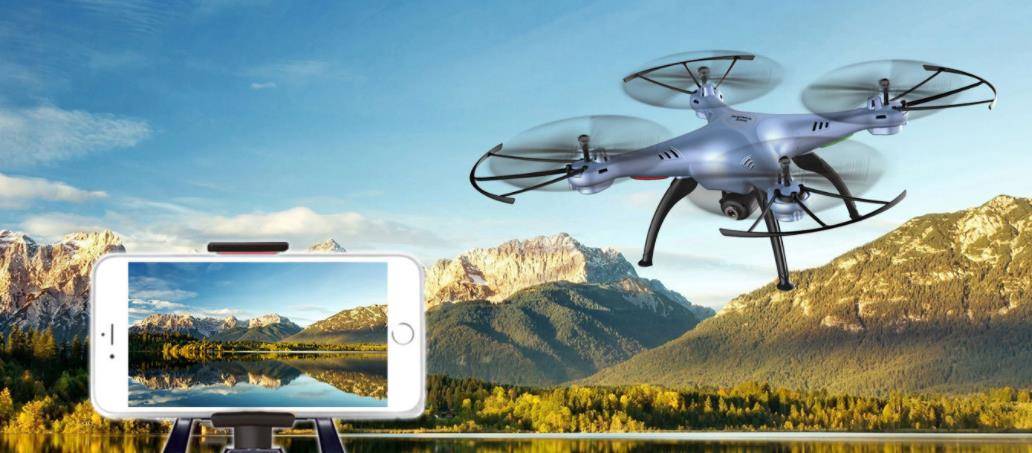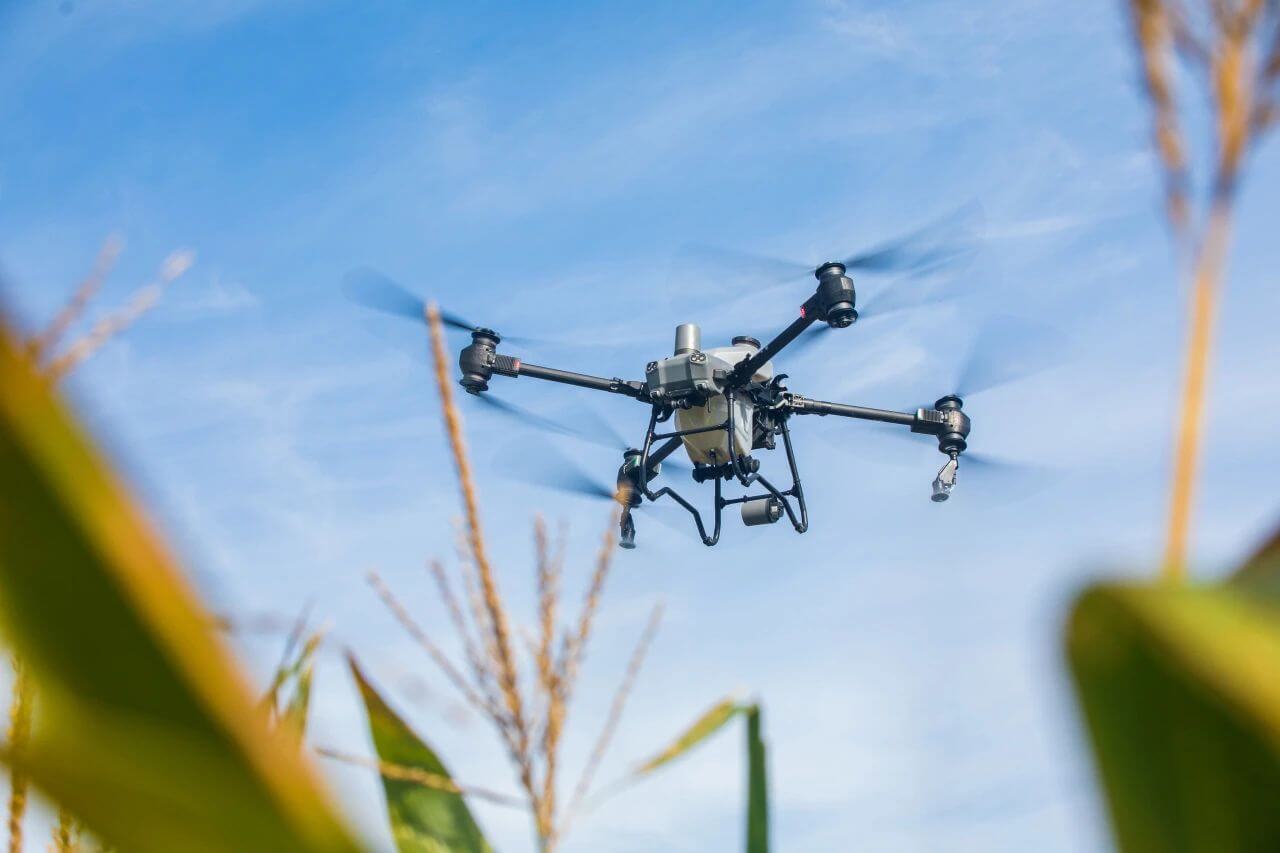In recent years, drone mapping has revolutionized the way we explore and understand our world from the skies. This innovative technology allows us to capture and analyze geographical data with unprecedented accuracy and efficiency. By utilizing advanced aerial imagery, drone mapping is transforming a variety of industries and paving the way for a future where the world is mapped from above like never before. Let’s delve into the remarkable future of drone mapping and its potential implications across various sectors.
What is Drone Mapping?
Drone mapping involves the use of unmanned aerial vehicles (UAVs) to capture data from the sky. This data is processed to create detailed and accurate maps of an area, providing crucial insights that were previously difficult to obtain. The use of drones for mapping involves a combination of aerial photography, GPS, and sophisticated software to transform raw data into comprehensible geo-visualizations.
Drone Mapping in Agriculture
One of the most promising applications of drone mapping is in agriculture. With precision farming techniques becoming increasingly popular, drones can help monitor crop health, analyze soil condition, and manage water resources. By producing high-resolution images, farmers can detect issues like pest infestations or inadequate irrigation long before they become a substantial problem, ultimately improving crop yields and reducing costs.
Environmental Conservation
Drone mapping also plays a crucial role in environmental conservation. Conservationists use drones to monitor wildlife populations, map forest cover, and track changes in ecosystems. These efforts contribute to a better understanding of biodiversity and assist in implementing protective measures against habitat destruction. By providing real-time data, drones offer a less intrusive and more efficient way to study and protect our natural resources.
The Future of Drone Mapping
The future of drone mapping looks incredibly promising with advancements in technology driving its evolution. As drones become smarter with AI enhancements, they will be capable of processing information faster and more accurately in real-time. This progression will be particularly beneficial in disaster management scenarios, where quick and accurate mapping can aid in rapid response and recovery operations.
Smart City Planning
In the realm of urban planning, drones offer an edge in designing smarter cities. By providing updated maps, city planners can optimize infrastructure development, traffic management, and zoning laws to better accommodate growing populations. This ensures that urban expansion is both sustainable and efficient, reducing the environmental impact while enhancing living conditions through intelligent design.
Mining and Construction
In industries such as mining and construction, the use of drones for mapping can vastly improve operational efficiency. Drones can effectively survey large land areas, monitor progress, and ensure safety compliance without putting human lives at risk. The ability to consistently update project maps also allows for more precise and timely decision-making, leading to cost savings and increased productivity.
Challenges and Considerations
Although the benefits of drone mapping are extensive, it is essential to address challenges such as regulatory issues, privacy concerns, and data security. As the technology continues to grow, striking a balance between innovation and regulation will be crucial to fully harnessing the capabilities of drones without compromising societal norms.
FAQs

- Q: How accurate is drone mapping?
A: Drone mapping provides highly accurate results, often down to a few centimeters. However, the accuracy can depend on the equipment used and the conditions during data capture. - Q: What are the legal requirements for drone mapping?

A: Depending on the country, drone operators may need to comply with aviation authority regulations, such as acquiring licenses, permits, and ensuring the operation does not infringe on privacy laws. - Q: Can drones map underwater environments?
A: While drones primarily operate in the air, specialized drones, sometimes called ROVs (Remotely Operated Vehicles), are used for underwater mapping, utilizing sonar and video equipment.
As we continue to push the boundaries of technology, drone mapping will undoubtedly remain at the forefront of scientific exploration and practical application. Its ability to unveil new perspectives on our world makes it an indispensable tool across countless fields.